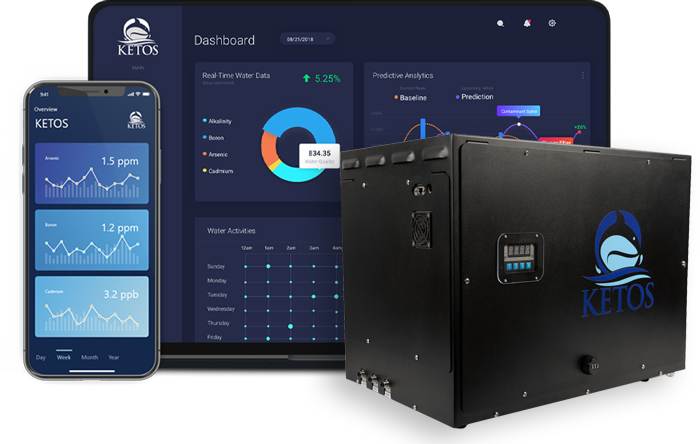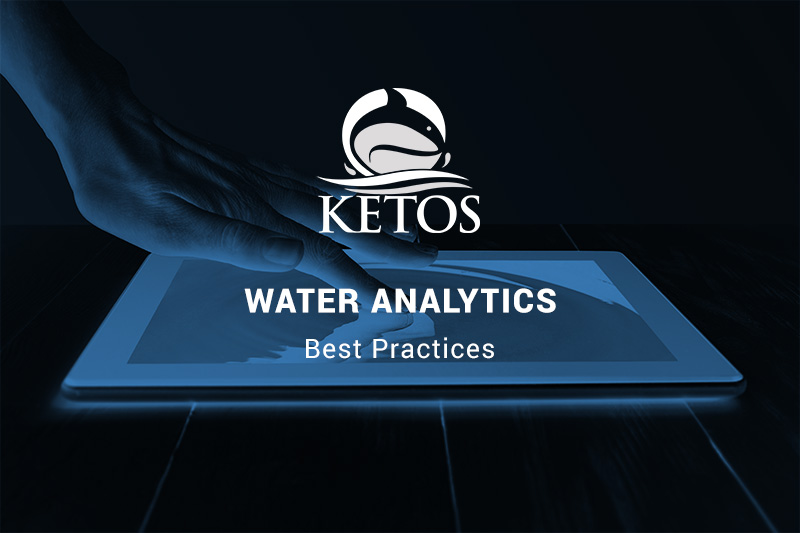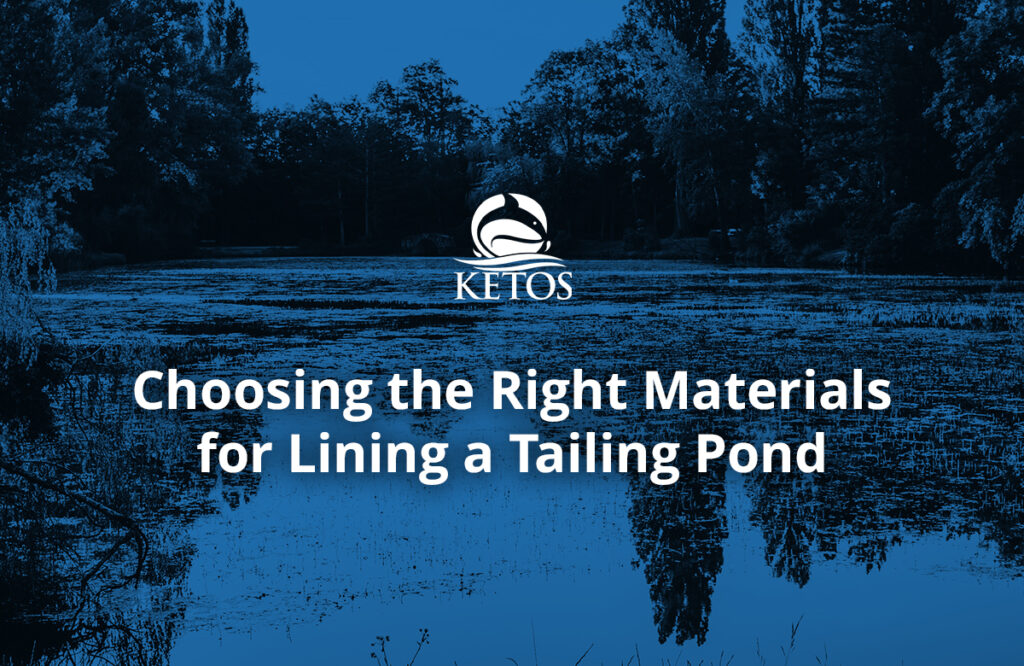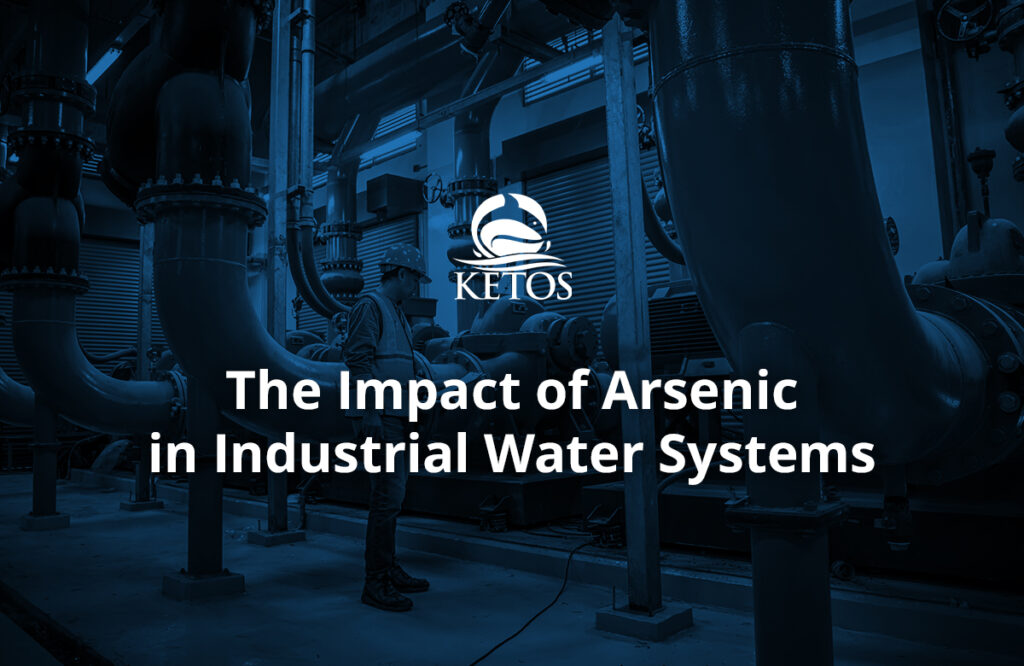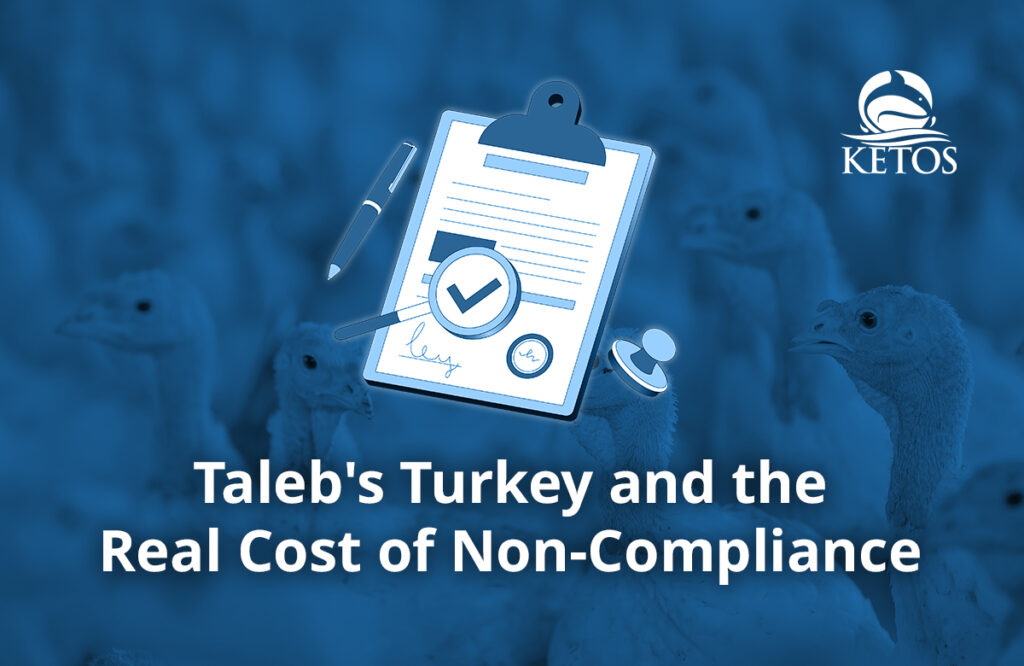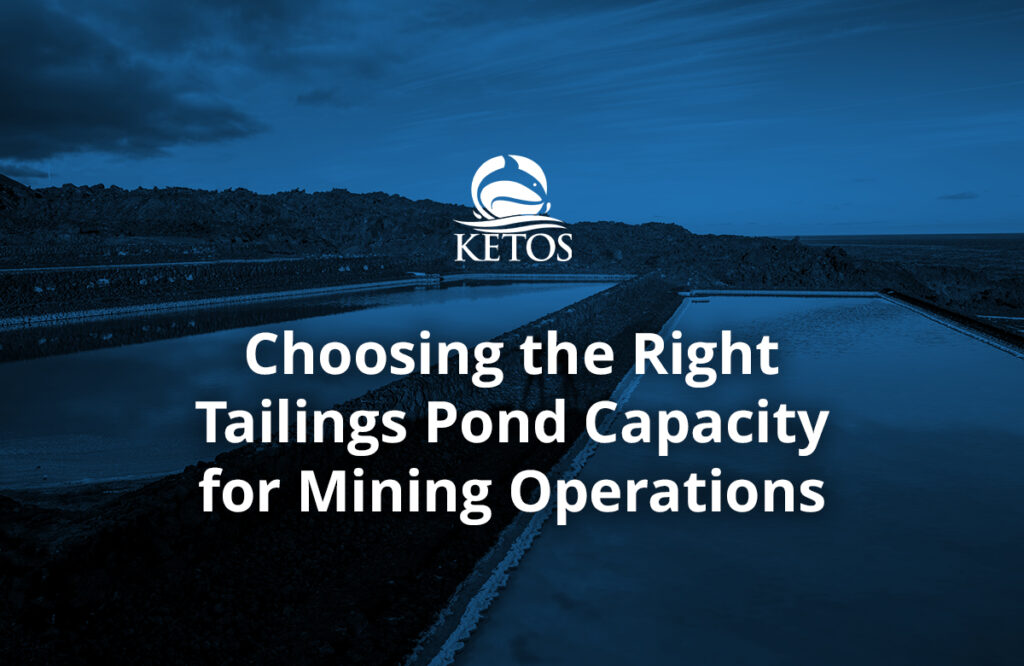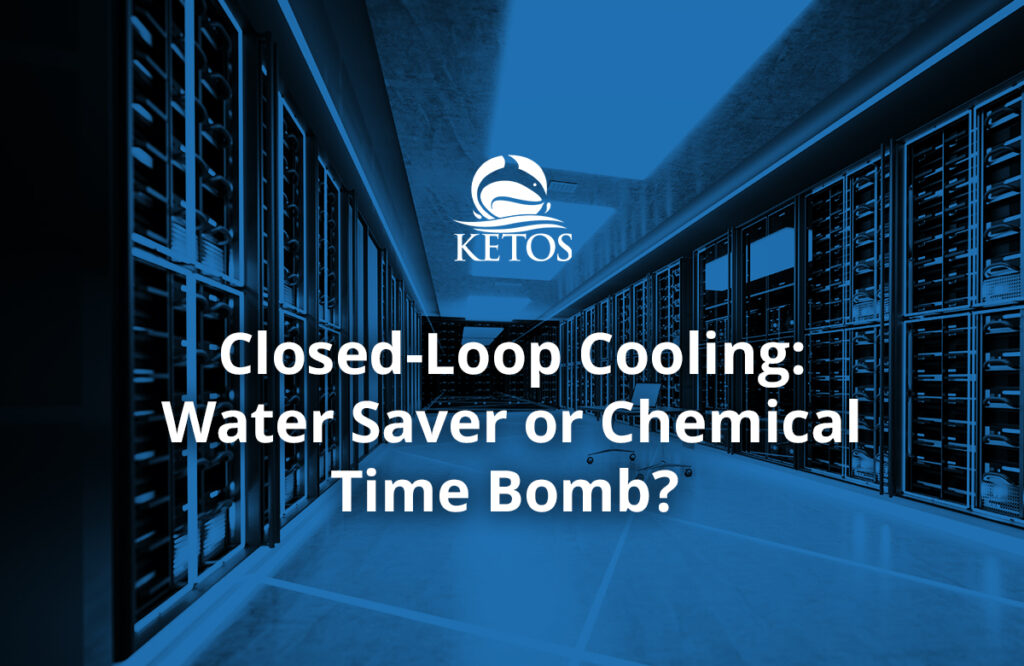In January, KETOS CEO Meena Sankaran sat down with Gary Wong (OSIsoft) to discuss the water and data analytics landscape for 2021. A few notable best practices emerged in relation to their conversation about water quality preparedness and asset optimization. These should be top of mind for water operators and managers across industries that deal with water and wastewater.
When building out a water analytics approach, be sure to consider the following.
Seek Autonomous Platforms
While many utilities and businesses still rely on forms of water monitoring that require human intervention. While a water operator may need to pull the samples themselves, an organization will also need a data scientist on hand to translate the findings. Leveraging technology that can autonomously test and pull data allows users to remove the human element and ensure that testing and monitoring happens autonomously at pre-determined and regular intervals for more effective data management.
Find Solutions That Manage Data From One Place
A recent OSIsoft survey of 200 water utilities revealed that 61% had issues accessing their data. Many water operators have data dispersed across various devices and in different formats. On top of that, they need a data science professional to parse the disparate data – and leveraging that level of expertise can get costly. Implementing a device that can centralize and organize multiple data across devices and collection modes – while providing water management companies with data they can understand in real-time – will help water managers access the data they need and act upon it.
Embrace Solutions That Offer Real-Time Monitoring
Historically, water managers and data scientists have used historical data to explain what has happened. While helpful in explaining what happened, this data doesn’t have the power to help operators make on-the-fly decisions that can halt contamination and protect equipment from breakdowns.
Real-time monitoring via a data platform for water analytics can help provide actionable insights to:
- Balance chemical content (ultimately helping operators to use less and save money)
- Protect equipment from breakages and corrosion
- Catch contaminants early for faster, more efficient operations
- Remove the need for time consuming and expensive lab-testing or other human interventions
- Notify operators of maintenance requirements
Build and Access Systems that Offer Clean, Accurate Water Data Analytics
Many water operators are beginning to dip their toes into machine learning and artificial intelligence to take advantage of prescriptive and predictive analytics that can further streamline operations, lower costs, reduce downtime, and protect equipment.
However, for machine learning and AI to work optimally, systems need clean data at regular intervals to effectively “learn.” Without reliable data, operators won’t get the most out of their ML/AI investment. Therefore, it’s essential to take on platforms and devices to help feed accurate data into the system to ensure accurate and trusted water analytics.
Look for Cloud Solutions That Guarantee Easy Access to Water Data Analytics
One of the big lessons to come out of the COVID-19 epidemic was the benefit of having an analytics solution available that allowed for remote data capture. Needing to be on-site for data management slows down the process of data collection and capture in many ways – even without a pandemic in play. By implementing cloud-based solutions, water operators don’t have to be on-site to pull data. They may not necessarily need a data scientist either. Instead, digital transformation is allowing water and wastewater utilities (as well as private companies) to access data analytics from anywhere – at any time. Getting alerts 24/7 can help water operators optimize performance via better decision-making. Cloud-based analytics technology also allows operators to understand the water quality based on on-site water management activities.
Use Technology That Can Support Sustainability
As companies and communities continue to consider water usage and water preservation through the lens of sustainability, devices that help protect water (and allow organizations to use less of it across processes) are likely to grow in necessity. Whether an organization treats the water itself or ensures its safety, finding ways to maximize every drop of water becomes easier with digitization – devices that leverage sensors, IoT, big data, machine learning, and AI. This tech can not only open the door to predictive analytics. Technological advancements can also help companies meet compliance regulations without adding to expensive overhead.
Interested in more insights on water and analytics? You can see Meena and Gary’s KETOS Water Cooler Chat below:
Want to see KETOS in action? Request a demo today.
